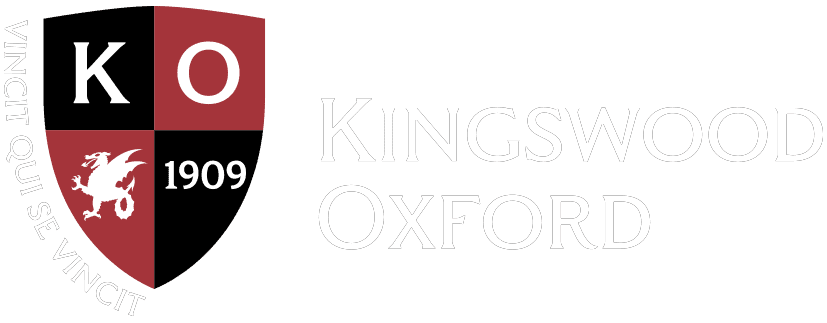November 11, 2021
Preparing Students for the Metaphors of Life
Ron Monroe, Upper School English teacher
What has been my primary mission as an English teacher? As I reflect on my 44 years in the classroom, I keep coming back to the notion that I’m helping my students to live and thrive in a world of metaphor. I hope that by thinking, writing and discussing the complex meanings found in literature, they’ll come to understand that almost everything and everyone they encounter in life is, to some degree, a metaphor embodying complex meanings.
Just as an object in a poem, a character in a novel, or a gesture in a play can be interpreted in a variety of ways, so too can the events, ideas and people my students will experience in their lives. My goal is to encourage students to look beyond superficial appearances and to realize that there’s always more to something than we see initially. I hope to equip them with the analytical skills needed to decode and navigate deeper layers of meaning, enabling them to lead more fulfilling, more thoughtful, and more productive lives.
For this reason, one of my favorite novels to teach is F. Scott Fitzgerald’s “The Great Gatsby.” Most of us are familiar with the more prominent symbols in the novel, such as the green light on Daisy’s dock and the eyes of Dr. T.J. Eckleburg on the billboard, but almost every character, incident, conversation or object in the novel also bears multiple meanings.
We view all the events in the novel through the eyes of the narrator, Nick Carraway. But who is Nick? Is he a steadfast reporter who tells the story straight? Or does he shade the story to reflect his own biases and judgments and to hide his own weaknesses? Can we trust Nick to tell the truth?
And then there’s the complexity of Gatsby himself. In chapter 4, when Nick and Gatsby are driving into Manhattan, Gatsby gives Nick what seems to be a load of baloney about attending Oxford University, living like a raja in all the capitals of Europe, and machine-gunning Germans during World War I. But when Gatsby pulls out an authentic medal for valor from the tiny nation of Montenegro, Nick begins to think these stories might all be true. In fact, Nick doesn’t know what to think, and neither do we, the readers. And it’s just that uncertainty I want students to explore, discuss and analyze. Just who is this guy Gatsby anyway?
To be honest, when I was the age of my students, I pretty much took life and literature at face value, paying little attention to ambiguity and complexity. But sometime during college, with the help of brilliant and provocative professors and classmates, I learned to live in the world of metaphor, to think beyond the obvious and to explore ambiguity and complexity, not only intellectually but emotionally.
My life has been the richer for it. That’s why I’ve tried to create that same experience for my students so that they’ll gradually develop what Fitzgerald described as a “first-rate intelligence” – “the ability to hold two opposing ideas in mind at the same time and still retain the ability to function.”
Thinkers
Blog Main News
